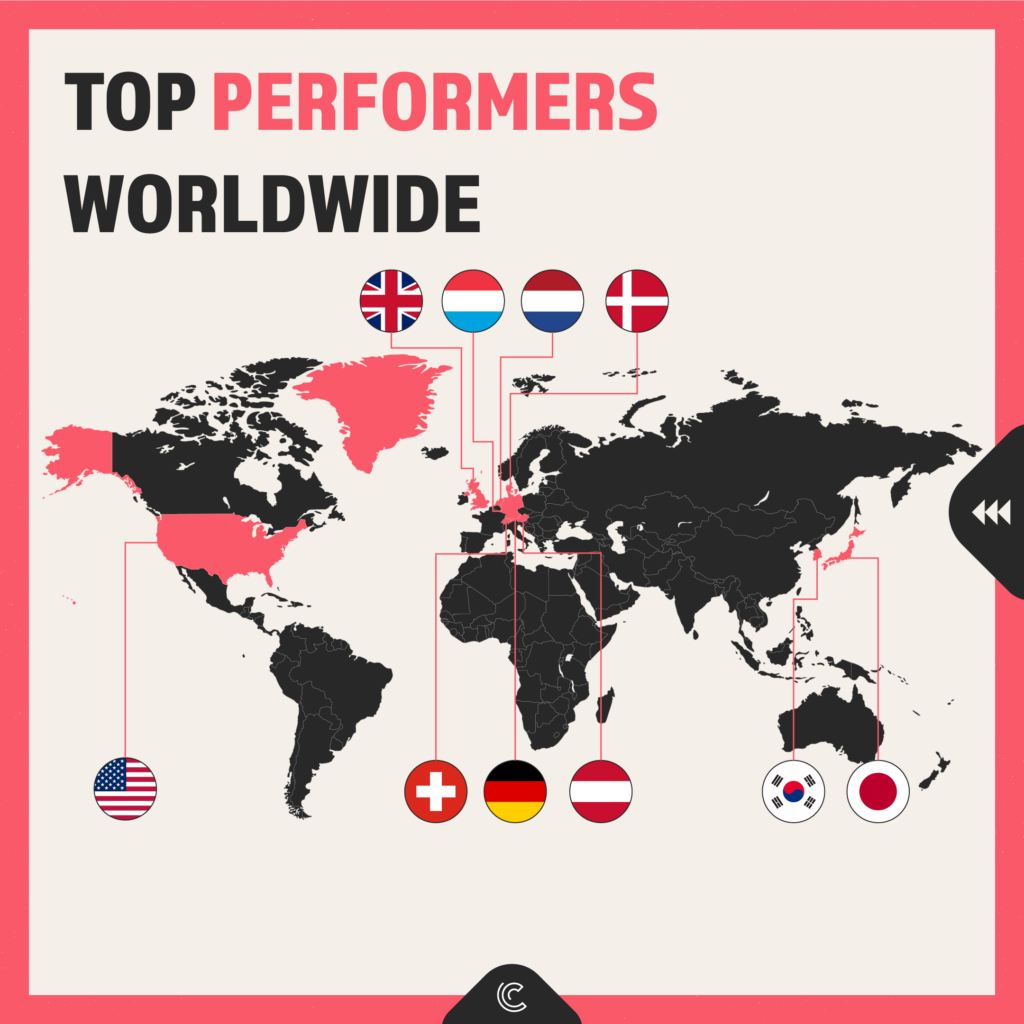La eficiencia del tiempo en la atención médica varía considerablemente. Algunos países han optimizado sus sistemas, optimizando el tiempo de los pacientes y del personal médico, mientras que otros se enfrentan a ineficiencias, procesos obsoletos y frustraciones innecesarias. Algunos sistemas logran un equilibrio, presentando tanto fortalezas como debilidades.
Los retrasos pospandémicos siguen siendo graves, y los tiempos de espera siguen aumentando en ciertos sistemas de salud. Las estimaciones iniciales sugerían que solucionar estos retrasos tomaría algunos años, pero las nuevas proyecciones indican que podría tardar una década. Los tiempos de espera más largos conllevan peores resultados en materia de salud, ya que la atención tardía aumenta las tasas de enfermedades crónicas y mortalidad.
La confianza en la atención médica también está disminuyendo. La confianza pública en las instituciones médicas ha alcanzado su nivel más bajo en décadas, y muchas personas retrasan el tratamiento debido al escepticismo. La burocracia obstaculiza aún más el progreso, ralentizando la adopción digital e impidiendo las reformas necesarias. Sin modernización ni una mejor integración de los servicios, las ineficiencias persistirán, agravando los desafíos de la atención médica.

Clasificamos veinte de los mejores sistemas de salud a nivel mundial para ayudar a consumidores y legisladores a comprender los problemas de gestión del tiempo que podrían enfrentar sus países de origen y qué se puede aprender de los sistemas con mejor desempeño. Nuestra evaluación abarca siete áreas clave, como los tiempos de espera para citas, los desplazamientos para recibir atención y el acceso a medicamentos. Al controlar factores económicos y sociales, nos centramos exclusivamente en las diferencias en la prestación de servicios de salud y los modelos de seguro.
Esta segunda edición amplía el análisis con diez nuevos países y una puntuación optimizada para facilitar las comparaciones entre países. Nuestra metodología incorpora investigación académica, informes de organizaciones como la OCDE y la UE, datos en línea e investigación independiente.
Ningún país alcanzó la puntuación máxima de 75 puntos, lo que deja margen de mejora incluso entre los principales contendientes. Los beneficios que Dinamarca obtiene de los blísteres siguen siendo inciertos, y se carece de datos fiables sobre la nueva tecnología de blísteres.
Los pacientes con puntuaciones más bajas son los que más tiempo gastan y presentan problemas estructurales. Irlanda ocupa el último lugar con 15 puntos, debido principalmente a la lenta digitalización de la atención médica. Un informe de la OCDE de 2023 clasificó a Irlanda como el peor país en políticas de salud digital, y una encuesta de 2024 reveló que el 62% de los trabajadores de la salud se sienten "digitalmente pobres". Los tiempos de espera son otro problema importante: si bien las listas oficiales subestiman los retrasos, el tratamiento completo y el alta tardan una media de 90 días, muy por encima de la mediana de 49 días. Las distancias de desplazamiento a los centros de salud y las farmacias frustran aún más a los pacientes.
Canadá ocupa el segundo lugar con el menor tiempo de espera, con los tiempos de espera más largos para cirugía electiva (112,4 días) y graves retrasos en la atención primaria (14 días en promedio). El descontento público es alto, y el 73% exige una reforma. Un sistema digital mejor integrado y más telemedicina podrían ahorrar mucho tiempo. Además, el sistema canadiense, financiado con fondos públicos, asigna recursos de forma inadecuada, lo que genera altos costos y menos centros médicos. Un modelo mixto público-privado, como en Suiza y los Países Bajos, podría mejorar el servicio sin reducir la cobertura; el 69% de los canadienses está a favor de este cambio.
En cambio, los países mejor clasificados (Dinamarca, Suiza y Países Bajos) priorizan la eficiencia y la participación del sector privado. Dinamarca minimiza los tiempos de espera, con consultas médicas en el mismo día y esperas para cirugía electiva de poco más de un mes. Los sistemas suizo y neerlandés combinan proveedores privados con seguros obligatorios, lo que garantiza un acceso rápido a la atención médica. Otros países podrían beneficiarse de la adopción de sus estrategias.
Elegir uno de los diez mejores países tiene varias ventajas: menos tiempo dedicado a citas promedio para pacientes crónicos y no crónicos, viajes más cómodos al hospital o farmacia más cercano y más beneficios gracias a las innovaciones tecnológicas en blísteres.
Nota de investigación: Nos esforzamos por mejorar la calidad de los datos subyacentes de este índice cada año y buscamos perfeccionar aún más su metodología. En ocasiones, nos encontramos con información contradictoria, dado que los indicadores de salud se miden de forma diferente en cada país.
Nuestras evaluaciones son estrictamente cuantitativas y no normativas. Nuestro objetivo es destacar conclusiones mensurables basadas en los datos disponibles en el momento de este índice.

Director de investigación
De vez en cuando, lo mantendremos informado sobre regulaciones nuevas y problemáticas en su país y las formas en que puede ayudar a combatirlas. ¡No te preocupes, ser miembro siempre es gratis!